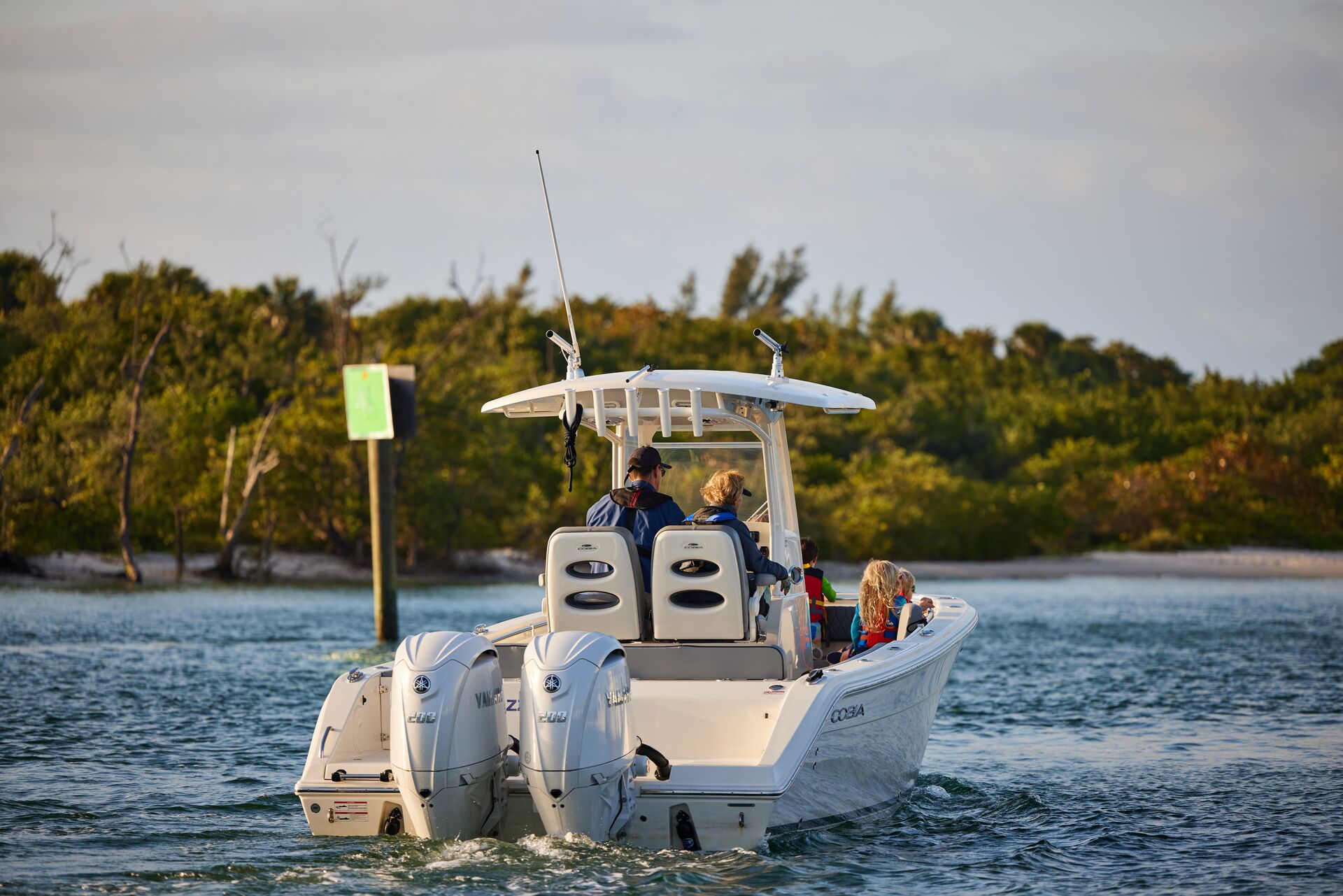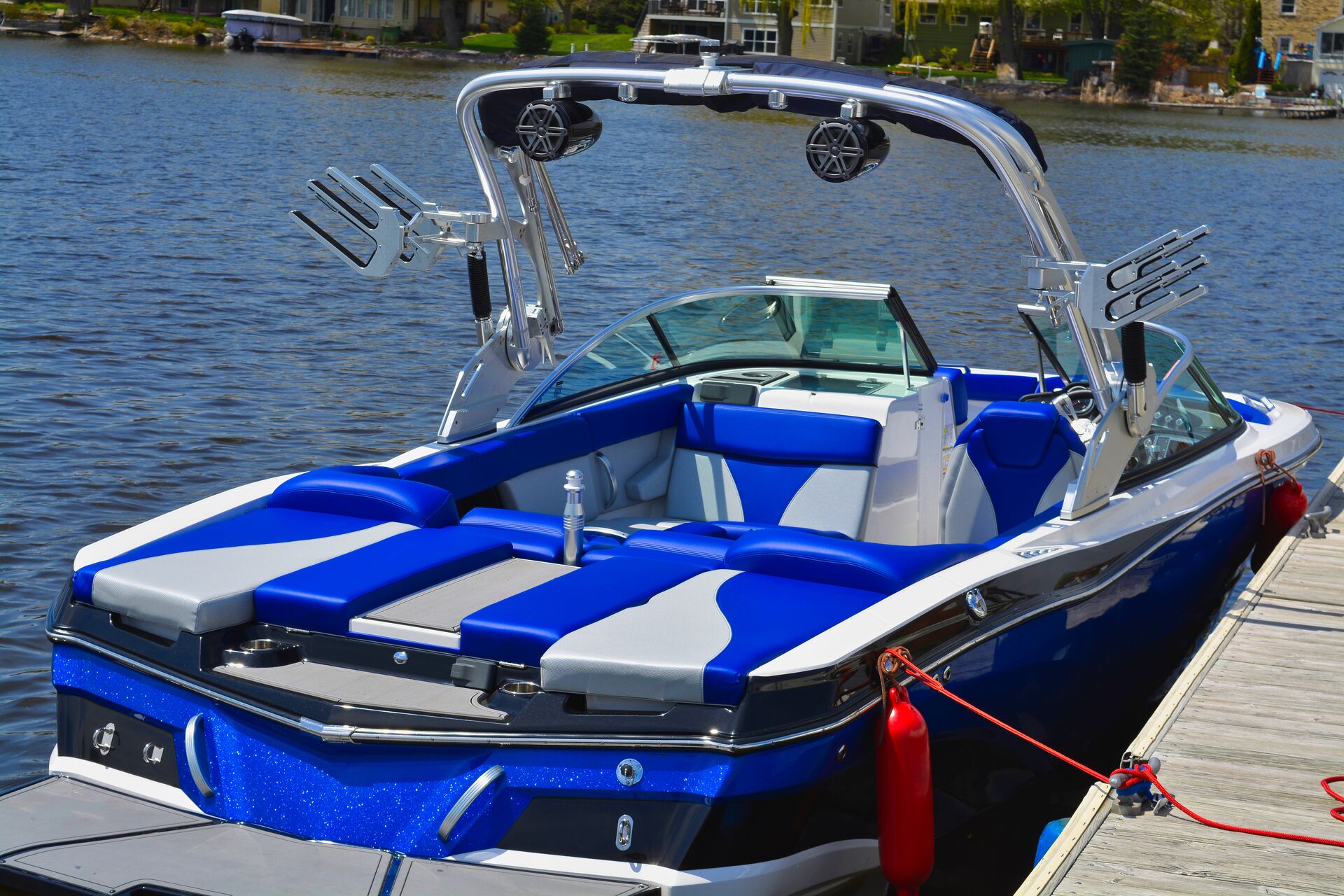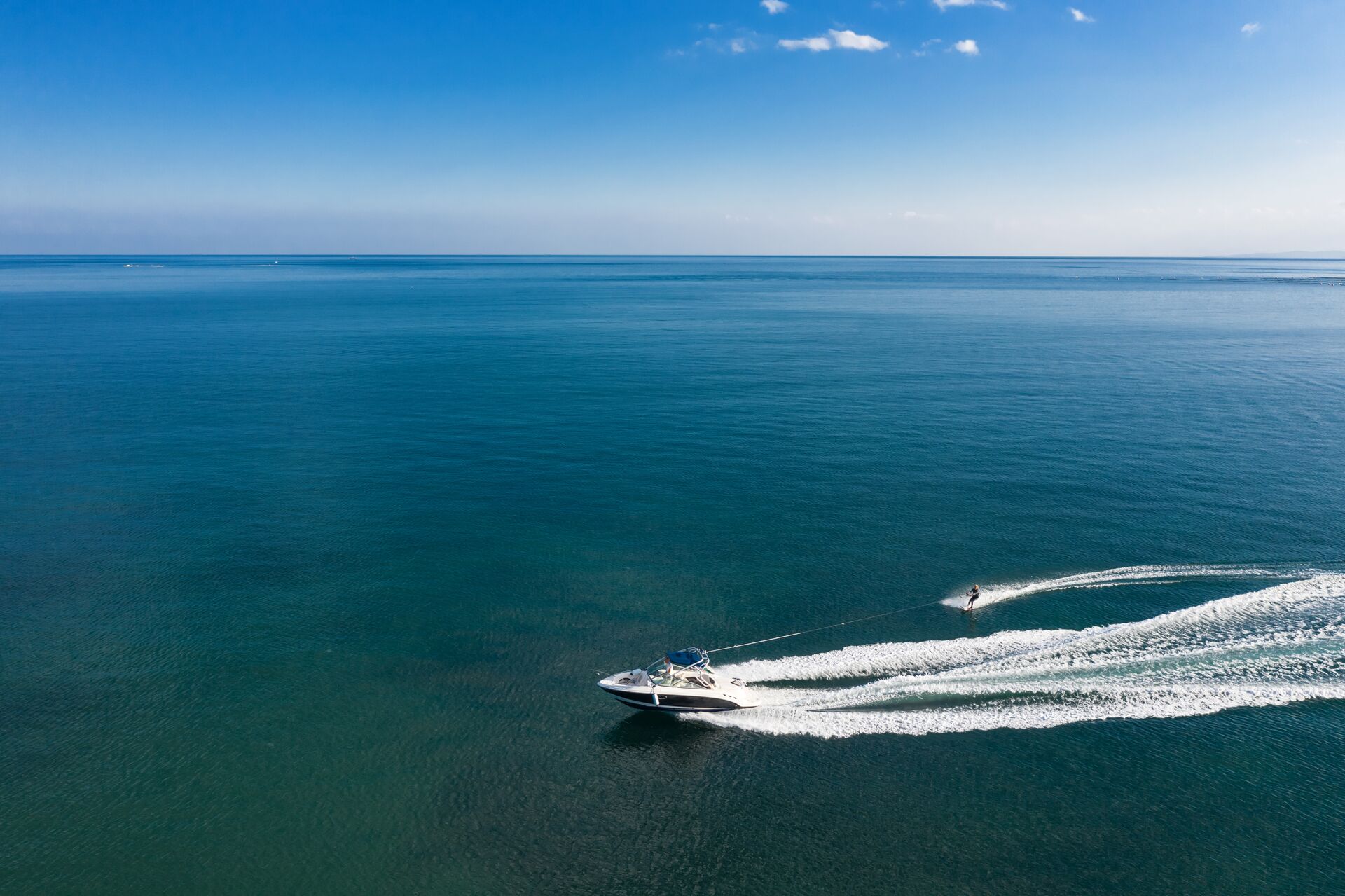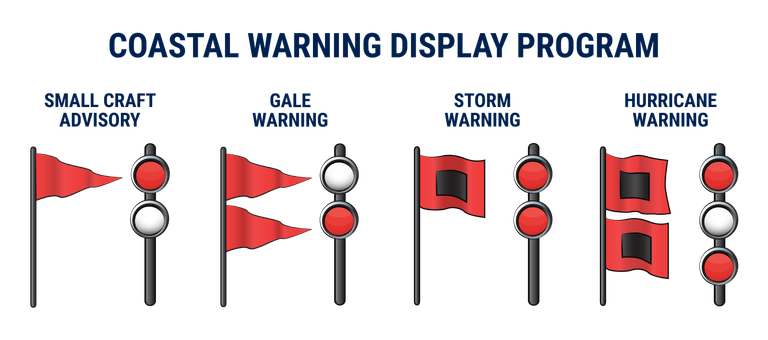What is the Purpose of a Boat's Ventilation System?

All gasoline-powered boats need a ventilation system, but why? Shouldn't the open air on the water keep your boat "ventilated" enough?
Understanding why your motorized boat needs this system, how it works, and how to keep it working well helps you be a safer boater — and BOATERexam is here to help.
Our goal is to help you be a well-informed boat operator so you can keep yourself and others safe on the water. So, keep reading as we talk about boat ventilation systems and why they're a crucial boat part to understand.

What Is the Purpose of a Boat's Ventilation System?
When operating motorized vessels, fumes can build up from the engine and collect in the bilge, which could create a dangerous explosion.
As we've talked about before, boat fires are one of the most dangerous situations when on the water. Keeping your backfire flame arrestor in good working order helps prevent engine fires. It's also crucial to keep the ventilation system in excellent condition to avoid the build-up of fumes or carbon dioxide that could lead to an explosion and flames.
What are the Types of Boat Ventilation Systems?
What type of ventilation system does your boat have? Knowing what it is and how it works helps you maintain it so it functions as it should every time you leave the dock for a fun day on the water.
There are two types of boat ventilation systems: natural and power.
- Natural ventilation systems have an intake duct that brings fresh air into the bilge. They also have an exhaust duct that removes fumes from the bilge. As the boat is in motion, air moves through the ducts.
- Power ventilation systems have blowers that circulate air through the ducts. This type of ventilation system is required on all boats with fuel tanks and enclosed engines built after 1982.
Power ventilation systems should always be turned on for at least four minutes before starting the engine to ensure all fumes are removed before ignition.

What's the Right System for Your Boat?
Not all systems are ideal for your specific boat. Several factors should help you make sure the boat ventilation system is the right one for your vessel.
These factors include:
- The size of your boat
- Where you use it (i.e., the climate)
- How you use it
- Ease of use (automatic vs. manual controls)
- Noise
- Maintenance
- Power consumption
You might need a more powerful system if you use your boat in humid conditions with more moisture in the air vs. a drier climate. However, you might prefer a less powerful system if you want to reduce noise levels and power consumption on your boat's batteries.

Learn More About How Boats Work and Safety with ilearntoboat
Your motorized boat's ventilation system is a critical part of your vessel. Making sure it's the ideal system for your boat and learning how to keep it working well helps you enjoy more safe outings on the water.
However, there's much more to learn about how boats work and staying safe on the water! ilearntoboat can help with our fun online boater education courses.
Our material is state-approved and specific. Plus, it's one of the fastest ways to learn the required information through our gamified format.
Gain a better understanding of your boat and safety essentials by taking the course for your state.
Originally published in 2021. Content most recently reviewed and updated for relevancy and accuracy December 4, 2024.



